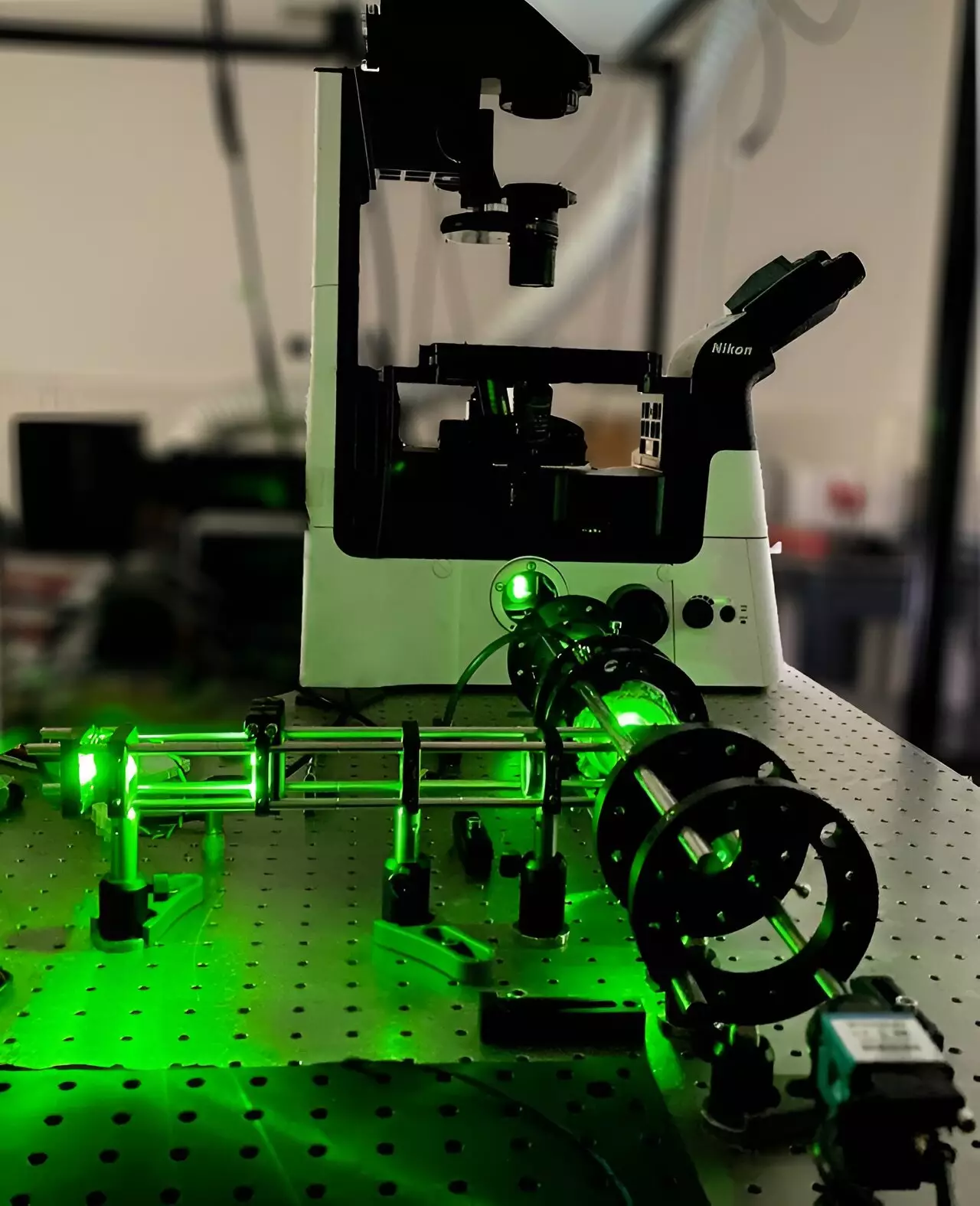A recent collaboration between experts from the University of Barcelona and Sensofar Tech has led to the development of an innovative technology for obtaining three-dimensional images of study samples. Published in Nature Communications, this new system boasts the ability to characterize the topography of an object with unprecedented speed and spatial resolution. Optical profilometry, the technique used in this advancement, is commonly employed in quality control across various industries, such as in the inspection of 3D-printed components, coronary prostheses, or surface defects. By utilizing light to measure the three-dimensional profile of objects, optical profilometry plays a crucial role in industrial processes and scientific research.
Traditionally, the profile of micrometric objects has been measured using microscopes that capture images at different heights and planes of the object. This process involves scanning the sample layer by layer, making it inherently slow. However, the new technology introduced in this study drastically reduces the acquisition time of this image collection. It operates at the micrometer scale, enabling real-time imaging of relatively large samples at speeds of up to 60 topographies per second. Unlike current systems that are limited in either speed or spatial resolution, this innovative system offers a significant advantage by characterizing dynamic processes with precision.
To implement this groundbreaking technology, the researchers designed a method that involves rapid scanning of the sample and synchronization of pulsed light of varying durations. An ultrafast liquid lens developed by Professor Martí Duocastella allows for fast scanning, enabling thousands of scans per second. The synchronization is achieved using an in-situ programmable gate array (FPGA) to generate signals for pulsing the light and capturing images. Overcoming challenges in data acquisition rates required precision and innovation, with Ph.D. student Narcís Vilar playing a crucial role in the successful implementation of this new technology.
Part of an industrial doctorate program and supported by the European Research Council (ERC), this study aims to revolutionize optical profilometry by projecting light patterns onto samples. The team is currently exploring the integration of this technology into various profilometers, including interference, polarization, and confocal microscopes. By intelligently interrogating samples and optimizing current systems, they hope to enhance the characterization of 3D samples with unparalleled accuracy and speed. This research marks a significant step forward in the field of optical imaging and promises to impact a wide range of industries and scientific disciplines.
The collaboration between the University of Barcelona and Sensofar Tech has led to a groundbreaking advancement in optical profilometry. By optimizing the acquisition of three-dimensional images and enhancing the speed and accuracy of characterization, this new technology offers a fresh perspective on traditional imaging techniques. With a focus on innovation and precision, the team’s efforts signify a leap forward in the field of three-dimensional imaging, with the potential to revolutionize quality control and research processes across multiple sectors.


Leave a Reply